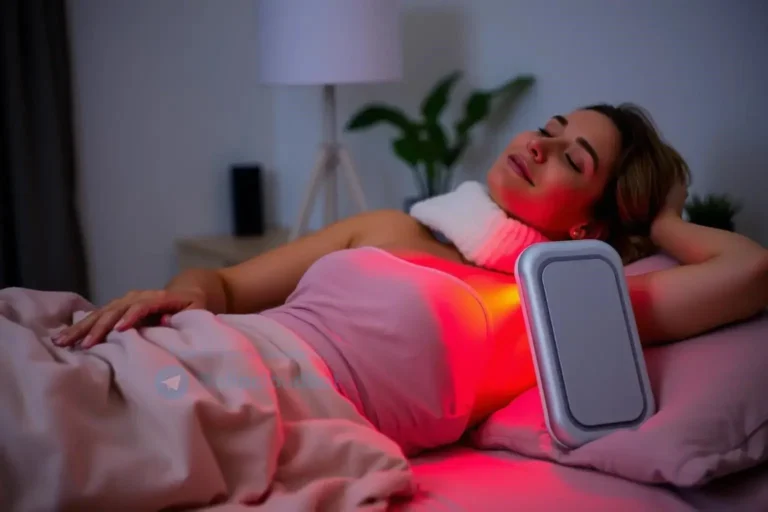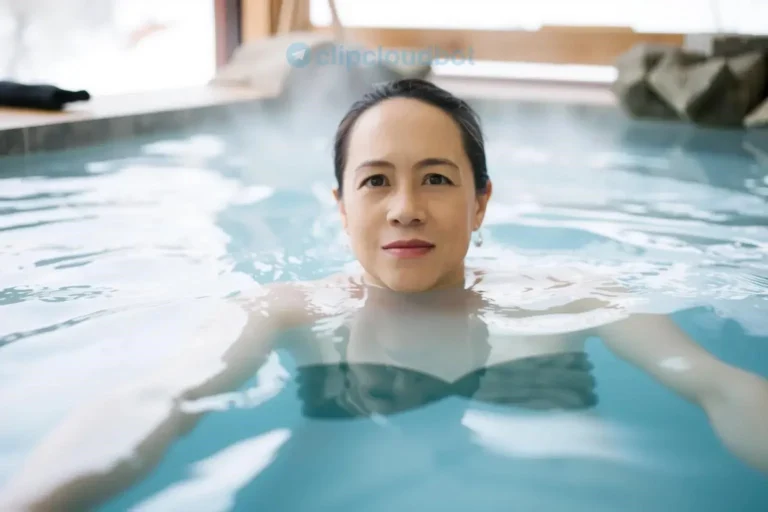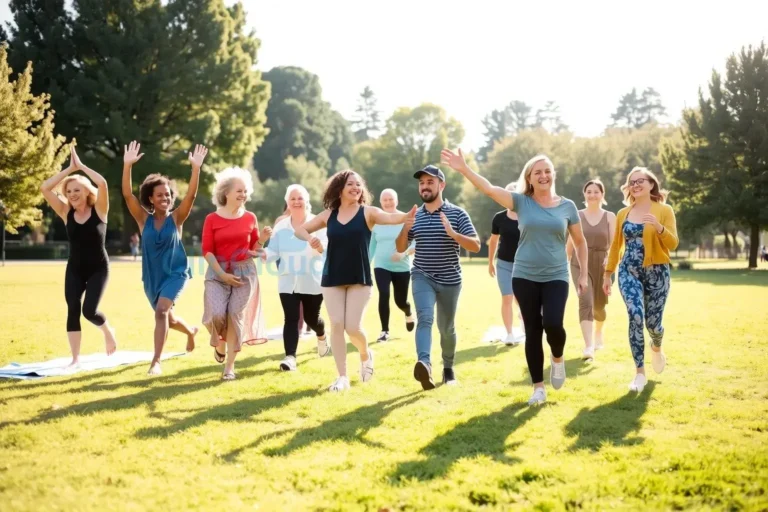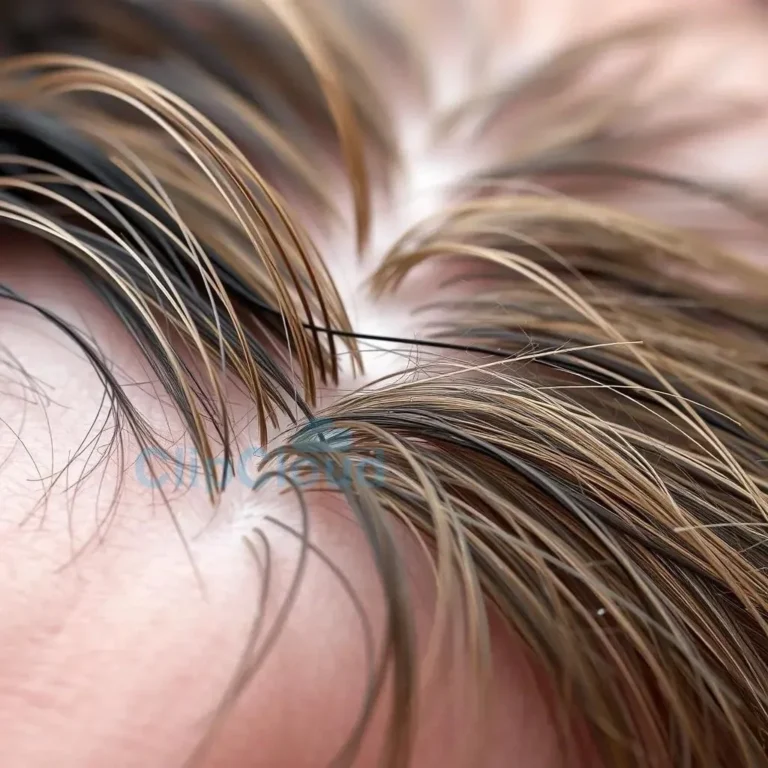Cold Exposure for Health and Well-being
Intrigued by the potential health benefits of embracing the chill? Cold exposure therapies, ranging from brief cold showers to immersive ice baths, have gained popularity for their purported positive effects on the body and mind; This exploration delves into the various methods of cold exposure and their potential impact on overall well-being. Discover how incorporating controlled cold exposure might offer a refreshing approach to enhancing your health journey.
Metabolic Benefits of Cold Therapy
Cold therapy, encompassing practices like cold water immersion and cryotherapy, has garnered attention for its potential metabolic benefits. Exposure to cold temperatures triggers various physiological responses within the body that can influence metabolic processes. One key mechanism involves the activation of brown adipose tissue (BAT), also known as brown fat. Unlike white fat, which primarily stores energy, brown fat specializes in generating heat through a process called thermogenesis.
When exposed to cold, brown fat is activated, leading to an increase in energy expenditure as the body works to maintain its core temperature. This process can potentially contribute to weight management and improve metabolic health. Research suggests that regular cold exposure can increase BAT activity and enhance insulin sensitivity, a crucial factor in regulating blood sugar levels and preventing metabolic disorders like type 2 diabetes. Furthermore, cold therapy may influence lipid metabolism by promoting the breakdown of triglycerides, a type of fat found in the blood, potentially contributing to improved cholesterol profiles.
Studies exploring the metabolic effects of cold therapy have yielded promising results. Some research indicates that cold water immersion can increase resting metabolic rate, meaning the body burns more calories even at rest. This effect may be attributed to the increased energy demand associated with thermogenesis and the body’s efforts to maintain thermal homeostasis. Moreover, cold exposure has been shown to improve glucose tolerance, indicating enhanced insulin function and better blood sugar control. These findings suggest that incorporating cold therapy into a healthy lifestyle could offer potential advantages for metabolic health, although further research is needed to fully understand the long-term effects and optimal application strategies.
While the metabolic benefits of cold therapy are promising, it’s essential to note that individual responses can vary. Factors such as age, body composition, and overall health can influence the extent to which cold exposure impacts metabolic processes. Furthermore, cold therapy should be implemented gradually and with caution, particularly for individuals with certain medical conditions. Consulting with a healthcare professional before incorporating cold therapy into a health regimen is advisable to ensure safety and appropriate application.
Cold Showers for Mood Elevation
The invigorating shock of a cold shower might seem daunting, but emerging research suggests that this practice could offer surprising benefits for mood elevation. While the initial discomfort is undeniable, the physiological responses triggered by cold water can have a positive impact on the nervous system and brain chemistry, potentially leading to an improved mood and a greater sense of well-being.
One of the key mechanisms behind the mood-boosting effects of cold showers is the activation of the sympathetic nervous system. This activation leads to a release of norepinephrine, a neurotransmitter associated with alertness, focus, and an uplifted mood. The sudden exposure to cold water acts as a mild form of stressor, prompting the body to respond with a surge of norepinephrine, which can leave you feeling energized and invigorated. Furthermore, cold showers can stimulate the release of endorphins, natural mood elevators that produce feelings of euphoria and well-being. These endorphins act as natural painkillers and can contribute to a reduction in stress and anxiety.
Beyond the immediate neurochemical effects, regular cold showers may also contribute to improved resilience to stress over time. By repeatedly exposing the body to controlled stressors, cold showers can help to strengthen the body’s adaptive response to stress, potentially leading to a greater ability to cope with challenges in daily life. This adaptation may be attributed to a reduction in cortisol, the stress hormone, following repeated cold exposure.
While the research on cold showers for mood elevation is still ongoing, anecdotal evidence and preliminary studies suggest promising benefits. Many individuals report feeling more alert, focused, and less stressed after incorporating cold showers into their routine. However, individual responses can vary, and it’s essential to listen to your body and adjust the temperature and duration of cold showers based on your comfort level. Starting with short bursts of cold water and gradually increasing the exposure time can help to acclimate to the sensation and maximize the potential mood-boosting effects.
If you’re considering incorporating cold showers into your routine for mood enhancement, it’s advisable to consult with a healthcare professional, especially if you have any underlying health conditions. While generally safe for healthy individuals, cold showers may not be suitable for everyone, and personalized guidance can ensure safe and effective implementation.
Cold Water Immersion at Home
Interested in experiencing the potential benefits of cold water immersion without the need for specialized facilities? Creating a cold plunge setup at home is more accessible than you might think. With a few simple strategies and considerations, you can safely and effectively incorporate cold water immersion into your wellness routine.
One of the easiest and most common methods for cold water immersion at home is taking cold showers. Gradually decreasing the water temperature during your regular shower can provide a readily available and convenient way to experience the invigorating effects of cold exposure. For a more immersive experience, consider filling a bathtub with cold water. Start with a temperature that feels tolerable and gradually decrease the temperature as you acclimate to the sensation. Adding ice to the water can further lower the temperature, but it’s crucial to monitor the temperature closely and avoid excessively cold water, especially when starting out.
Before embarking on cold water immersion at home, it’s essential to prioritize safety. Begin with short durations of exposure, typically a few minutes, and gradually increase the time as your body adapts. Pay close attention to your body’s response to the cold and stop immediately if you experience any discomfort or shivering that doesn’t subside quickly. Having a warm towel and clothing readily available can help to quickly rewarm after the immersion. It’s also advisable to avoid cold water immersion immediately after strenuous exercise, as this can put additional stress on the cardiovascular system.
To enhance your at-home cold water immersion experience, consider creating a relaxing environment. Dimming the lights, playing calming music, or incorporating aromatherapy can contribute to a more enjoyable and mindful experience. Focusing on deep breathing techniques during the immersion can also help to manage the initial discomfort and promote relaxation. Tracking your progress by noting the water temperature and duration of immersion can help you monitor your tolerance and gradually increase the intensity of your cold exposure sessions.
While cold water immersion at home can be a convenient and cost-effective way to experience the potential health benefits, it’s essential to consult with a healthcare professional before starting, especially if you have any underlying health conditions. Personalized guidance can ensure safe and appropriate implementation and help you maximize the potential benefits of cold water immersion.
Thermogenesis and Brown Fat Activation
Thermogenesis, the process of heat production in the body, plays a crucial role in regulating body temperature and energy expenditure. Brown adipose tissue (BAT), commonly known as brown fat, is a specialized type of fat that plays a key role in thermogenesis, particularly in response to cold exposure. Unlike white fat, which primarily stores energy, brown fat is rich in mitochondria, the powerhouses of cells, and is responsible for generating heat.
When exposed to cold temperatures, the body activates brown fat to increase heat production and maintain core body temperature. This process, known as non-shivering thermogenesis, involves the burning of calories to generate heat, which can contribute to increased energy expenditure and potentially aid in weight management. Brown fat activation is triggered by the sympathetic nervous system, which releases norepinephrine in response to cold. Norepinephrine binds to receptors on brown fat cells, initiating a cascade of events that leads to increased mitochondrial activity and heat production.
Research suggests that regular cold exposure can increase both the activity and the amount of brown fat in the body; This adaptation can enhance the body’s ability to generate heat in response to cold and potentially contribute to improved metabolic health. Studies have shown that individuals with higher levels of brown fat activity tend to have better insulin sensitivity and a lower risk of developing metabolic disorders like type 2 diabetes. Furthermore, brown fat activation may influence lipid metabolism by promoting the breakdown of triglycerides, potentially contributing to improved cholesterol profiles.
While the precise mechanisms by which cold exposure activates brown fat are still being investigated, it’s clear that this process plays a significant role in the body’s response to cold and its overall metabolic health. Strategies for increasing brown fat activity include regular cold exposure through methods like cold showers, cold water immersion, and cryotherapy. However, individual responses to cold exposure can vary, and it’s essential to consult with a healthcare professional before implementing any new cold therapy regimen, particularly for individuals with certain medical conditions. Further research is needed to fully understand the long-term effects of brown fat activation and its potential therapeutic applications.
Practical Hacks for Cold Exposure
Incorporating cold exposure into your routine doesn’t have to be a daunting task. With a few practical hacks, you can gradually and safely introduce cold therapy into your lifestyle and experience its potential benefits. Start small and progressively increase the intensity and duration of cold exposure as your body adapts.
One of the easiest ways to begin is by ending your regular showers with a burst of cold water. Start with 30 seconds to a minute and gradually increase the duration as you become more comfortable. This simple practice can provide a refreshing start to your day and introduce your body to the effects of cold. For a more immersive experience, consider taking cold baths or using a cold plunge tub. Start with a water temperature that feels tolerable and gradually decrease the temperature over time. Adding ice to the water can further lower the temperature, but monitor it closely and avoid excessively cold water, especially initially.
If full-body immersion isn’t appealing, consider focusing on specific areas. Cold face washes or immersing your hands and feet in cold water can provide localized cold exposure benefits. This can be a good option for those new to cold therapy or those living in warmer climates. Another practical hack is to incorporate cold exposure into your outdoor activities. Taking a cold dip in a lake or ocean after a hike or run can provide a refreshing and invigorating experience. During colder months, consider reducing the layers of clothing you wear while outdoors to gradually acclimate your body to lower temperatures.
To enhance your cold exposure experience and maximize its potential benefits, consider combining it with other healthy habits. Practicing deep breathing exercises during cold exposure can help to manage the initial discomfort and promote relaxation. Pairing cold therapy with regular exercise and a balanced diet can further enhance its positive effects on metabolism and overall well-being. Listening to your body and adjusting the intensity and duration of cold exposure based on your individual response is crucial for a safe and effective experience.
Remember, consistency is key when it comes to reaping the benefits of cold exposure. By incorporating these practical hacks into your routine and gradually increasing the intensity, you can safely and effectively integrate cold therapy into your lifestyle and experience its potential positive effects on your physical and mental well-being.






